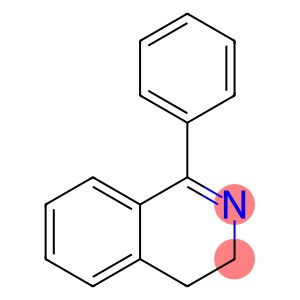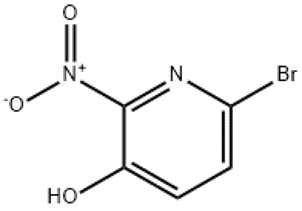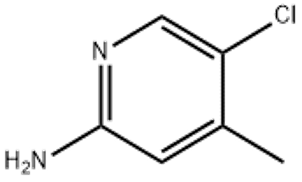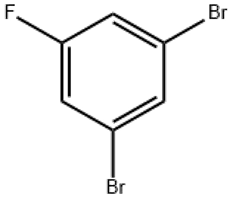2,6-Diaminotoluene(CAS#823-40-5)
| Risk Codes | R21/22 – Harmful in contact with skin and if swallowed. R43 – May cause sensitization by skin contact R51/53 – Toxic to aquatic organisms, may cause long-term adverse effects in the aquatic environment. R68 – Possible risk of irreversible effects R50/53 – Very toxic to aquatic organisms, may cause long-term adverse effects in the aquatic environment. R40 – Limited evidence of a carcinogenic effect |
| Safety Description | S24 – Avoid contact with skin. S36/37 – Wear suitable protective clothing and gloves. S61 – Avoid release to the environment. Refer to special instructions / safety data sheets. |
| UN IDs | UN 3077 9/PG 3 |
| WGK Germany | 3 |
| RTECS | XS9750000 |
| TSCA | Yes |
| HS Code | 29215190 |
| Hazard Class | 6.1 |
| Packing Group | III |
Introduction
2,6-Diaminotoluene, also known as 2,6-diaminomethylbenzene, is an organic compound.
Properties and Uses:
It is an important intermediate in organic synthesis and can be used to prepare a variety of organic compounds. For example, it can be used in the preparation of dyes, polymer materials, rubber additives, etc.
Method
There are two main methods that are commonly used. One is obtained by the reaction of benzoic acid with imine under alkaline conditions, and the other is obtained by hydrogenation reduction of nitrotoluene. These methods are usually performed in a laboratory setting and require appropriate safety measures, such as wearing protective gloves, glasses, and breathing equipment.
Safety Information:
It is an organic compound that may have irritating and damaging effects on the human body. Relevant safety operating procedures should be followed during use and storage to ensure proper ventilation and protective measures.








